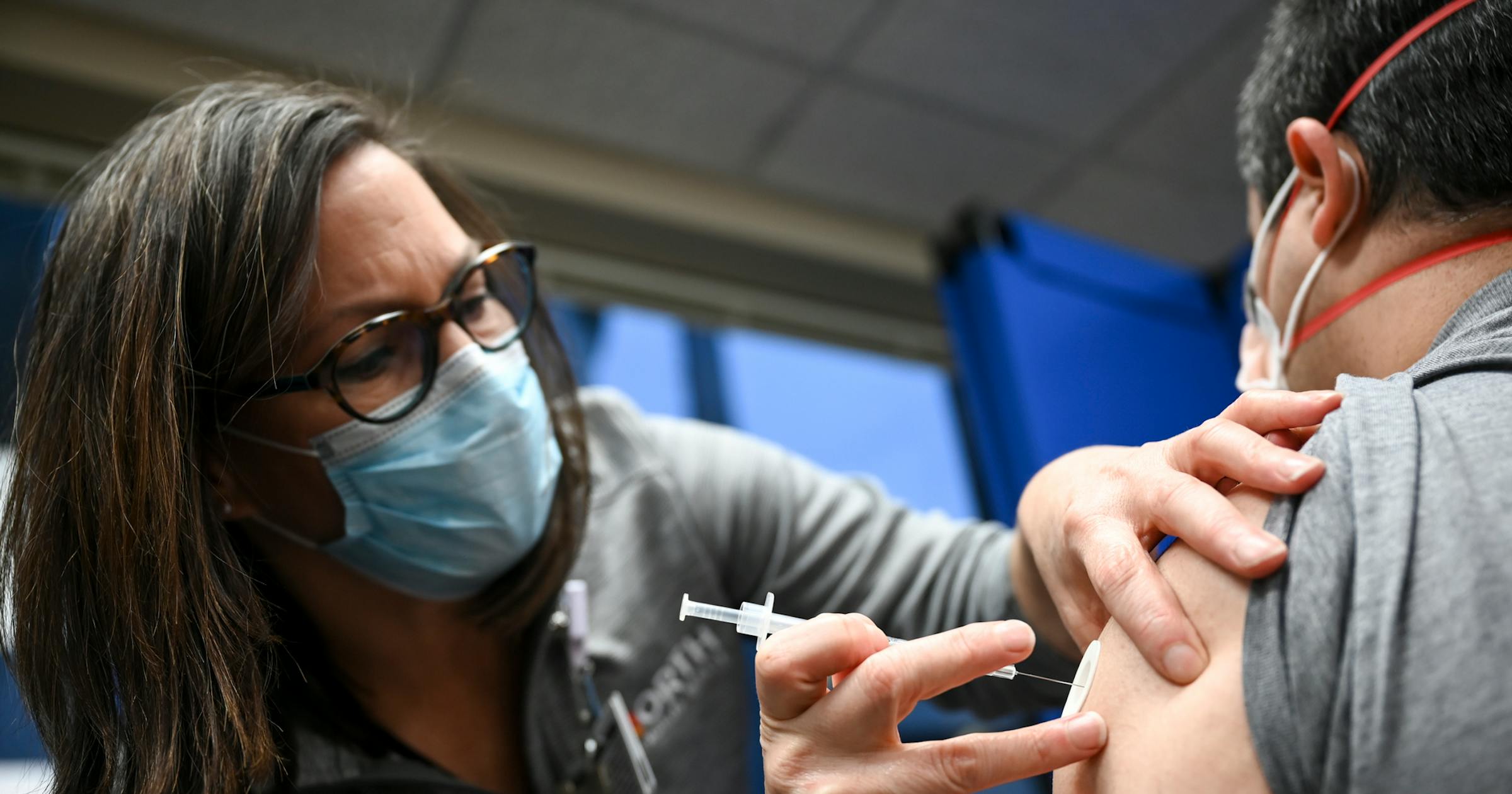
Minnesota is one of only five states where COVID-19 cases are not rising significantly right now, but it may be just a matter of time, as Independence Day has been a flashpoint for viral activity for the past four years.
Family gatherings and holiday celebrations are opportunities for the spread of the coronavirus that causes COVID-19, especially newer strains that can overcome immunity levels in people who have had previous infections and vaccinations, said Stephanie Meyer, COVID epidemiologist at the Minnesota Department of Health.
She said people who are sick should be careful and avoid close contact with others, even if they are not sure whether their symptoms are caused by Covid, the common cold or the high pollen levels that have triggered allergies this week.
“If you’re thinking about visiting your grandmother in a nursing home, or someone who’s immunocompromised, it’s best to stay away if you’re not feeling fully fit, because that’s how pandemics happen. That’s how people spread the disease to people who can’t fight it off,” she said.
The risk of contracting the novel coronavirus is nowhere near what it was during the three-year global pandemic. Virus levels have been detected in sewage in Minnesota In late June Virus levels in the United States were slightly higher than they were this time last year, but they were one-tenth of the viral levels found during the last major wave of illness in February 2023.
However, more than 330 Minnesotans with COVID were hospitalized in June, when the contagious disease was linked to at least 16 deaths, most of them elderly, according to Status update Wednesday. COVID-19 has remained more dangerous than the flu in the post-pandemic period. The state reported 165 flu-related deaths from October through mid-May, compared with 957 COVID-19 deaths in the same time frame.
Covid levels hit their lowest levels in late June in three of the past four years, but levels rose sharply after Independence Day in 2020 and 2021 and gradually rose after the 2023 holiday.
But Meyer said holiday gatherings aren’t the only explanation, especially since many of them happen outdoors where the risk of virus transmission is lower. She noted that COVID-19 cases have historically peaked every winter, and immunity after infection seems to wane within six months. That leaves people vulnerable again by midsummer.
Meyer said she expects more infections in the coming weeks, following the growth in reported cases. CDC in 44 other statesSaliva samples taken from infected patients in Minnesota have revealed more of the coronavirus variant called FLiRT that has already caused problems in southern and western states in the United States.
CDC in late June Encourage people New vaccines are expected to be rolled out in the fall. More than 780,000 Minnesotans are up to date on COVID vaccine recommendations, but that’s only 14% of the eligible population.

“Web maven. Infuriatingly humble beer geek. Bacon fanatic. Typical creator. Music expert.”





More Stories
Scientists confirm that monkeys do not have time to write Shakespeare: ScienceAlert
SpaceX launches 23 Starlink satellites from Florida (video and photos)
A new 3D map reveals strange, glowing filaments surrounding the supernova